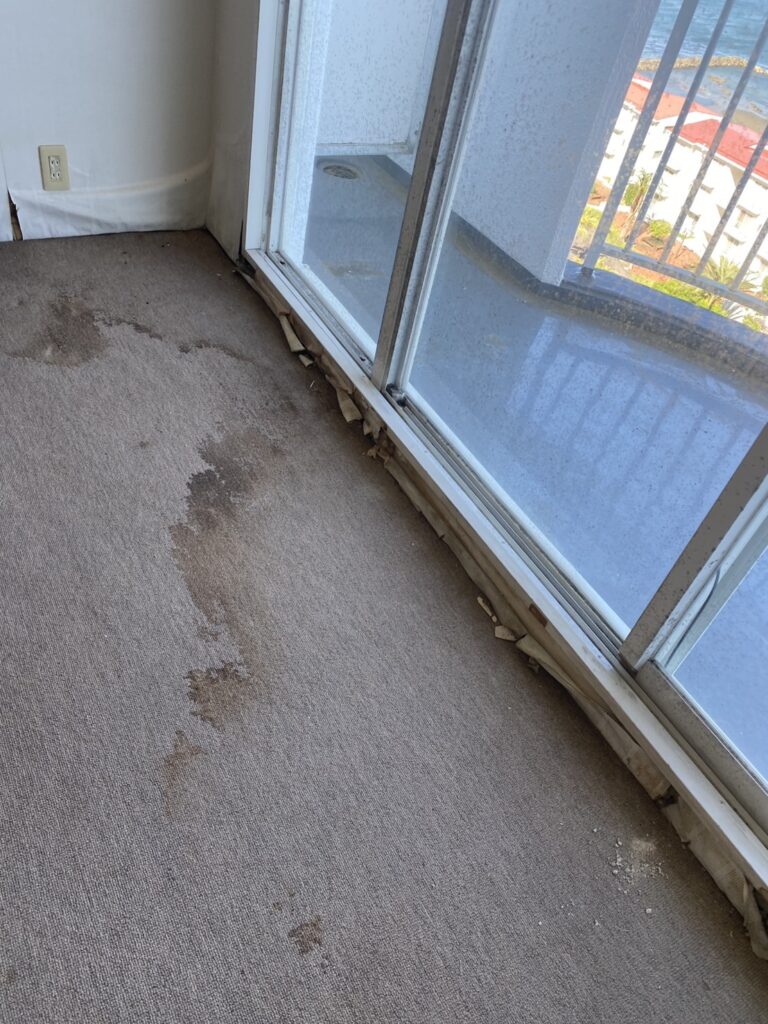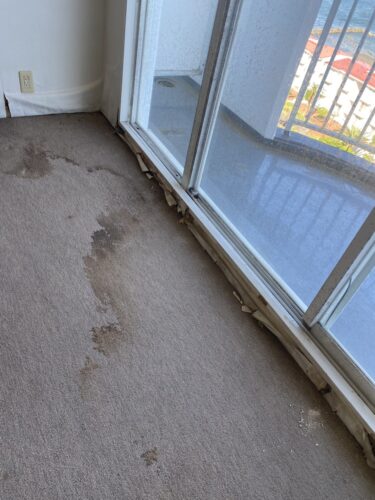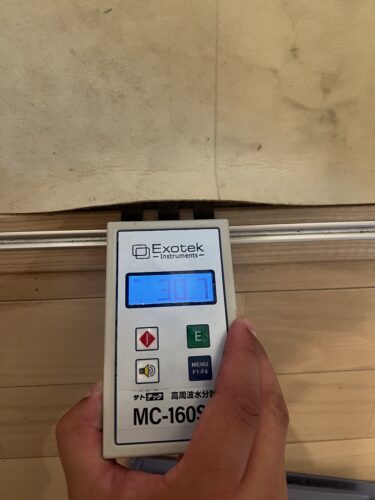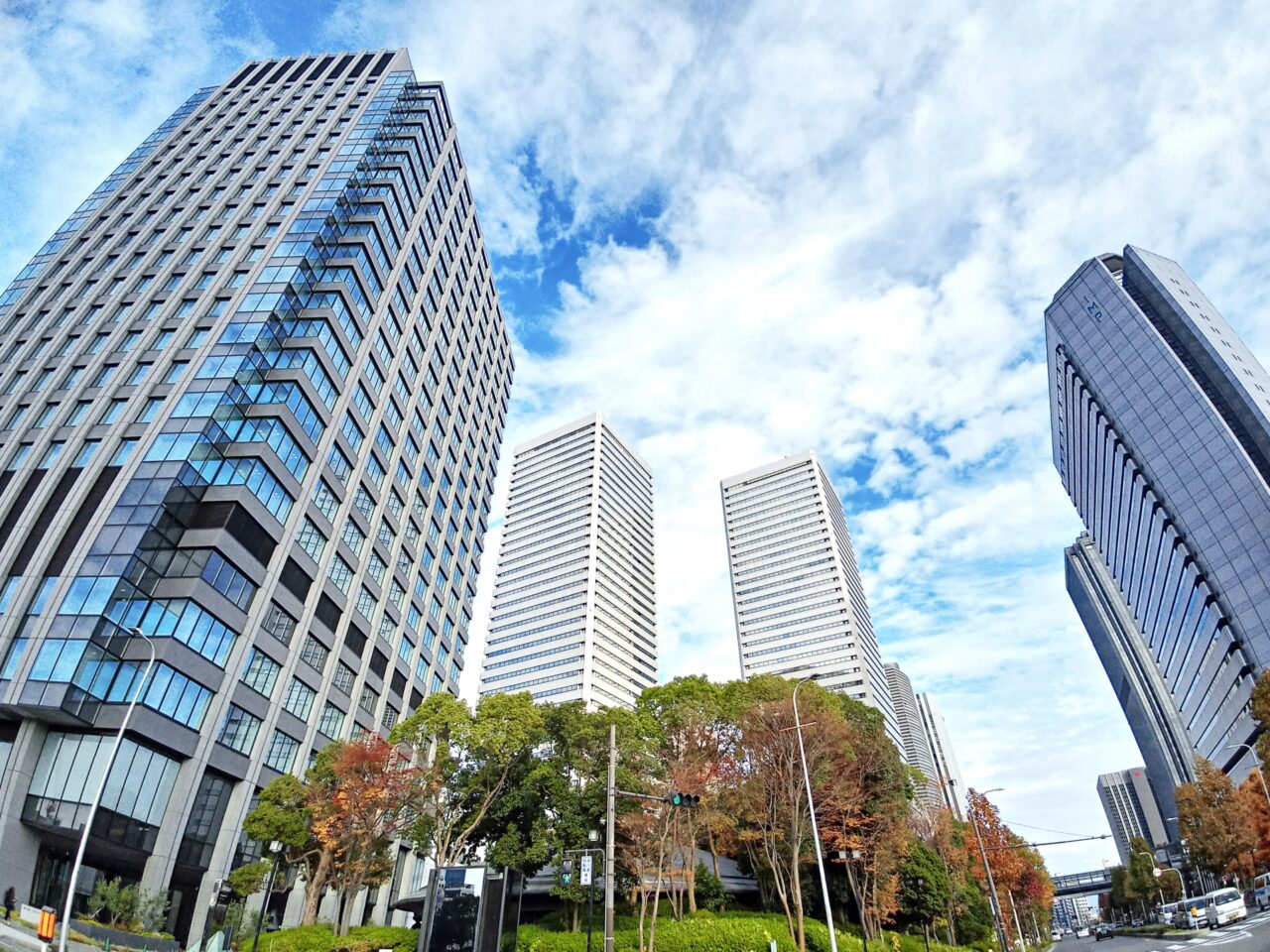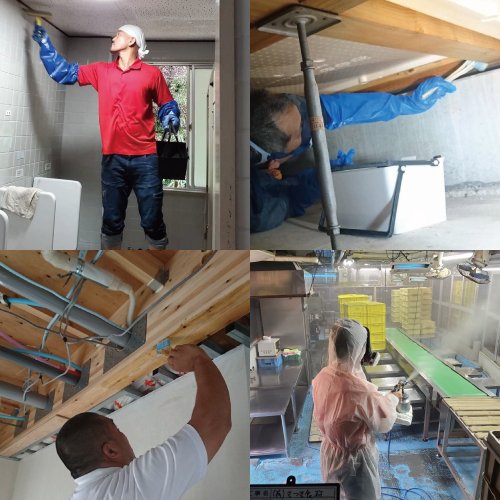Problem Statement: With the increasing number of highly insulated and airtight homes, invisible mold growth is increasingly causing a decline in property values and deterioration of air quality. The risk is especially pronounced in upscale homes in the Minami-Senri, Satakedai, and Takanodai areas.
What you will learn from reading the article: Learn more about the causes of invisible mold growth, its effects, and effective countermeasures.
Benefits of reading the article: You will learn specific mold remedies to protect the property value of your home and maintain a comfortable living environment.
1. The Hidden Risk of “Invisible Mold” in High-Insulation, High-Airtightness Homes
Modern high-performance homes, known for their superior insulation and airtightness, offer comfortable living environments by minimizing external temperature influences. However, this very design can inadvertently create conditions conducive to the growth of “invisible mold.” In upscale residential areas like Minami-Senri, Satakedai, and Kōnodai, the combination of aesthetically pleasing exteriors and state-of-the-art facilities can mask internal issues, allowing mold to proliferate unnoticed until it becomes a significant problem.Better Homes & Gardens
1-1. The Reality of Mold Hidden Within Walls, Ceilings, and Under Floors
Even in homes that appear pristine, mold can lurk in unseen areas such as within walls, above ceilings, and beneath floors. High-insulation and high-airtightness designs limit airflow, leading to trapped moisture in these concealed spaces, creating ideal conditions for mold growth. In the Senri New Town area of Suita City, there have been reports of black mold discovered on underfloor insulation and around piping in relatively new homes. Over time, this hidden mold can manifest as stains on walls or ceilings and release airborne spores, posing health risks and necessitating prompt intervention.
1-2. How Condensation and Humidity Lead to Mold Formation
Condensation within the home plays a significant role in mold development. In well-insulated homes, the temperature difference between indoor and outdoor environments can cause condensation on walls and around windows. The widespread use of floor heating and hydronic systems can further exacerbate this issue, as temperature variations beneath floors lead to moisture accumulation, fostering mold growth in hidden areas. Once established, mold can disperse spores throughout the home, making early detection and remediation crucial.
2. The Impact of Mold on Property Value
Areas like Minami-Senri and Satakedai are highly sought after due to their excellent access to urban centers and well-established educational and medical facilities, maintaining high property values. However, the presence of mold can directly undermine this value. Discoveries of hidden mold often occur during property viewings or routine inspections, by which time the living environment may already be compromised.
2-1. Mold Discovered During Viewings and Its Effect on Property Evaluation
For homes on the market, first impressions during viewings are critical. Potential buyers may be deterred by subtle signs such as a faint musty odor, dampness in storage areas, or visible mold when accessing underfloor spaces. Regardless of location or modern amenities, the mere presence of mold can label a property as problematic, significantly reducing buyer interest.
2-2. Case Studies of Property Value Decline Due to Mold
In one upscale neighborhood, a home less than five years old was listed for sale. An inspection revealed extensive mold within the walls, leading to a 15% reduction in the initial appraisal value. After accounting for remediation costs, the property’s net value decreased by over 20%. Such instances highlight how even unseen mold issues, once uncovered, can severely impact property valuations, particularly concerning for real estate investors.
3. The Sensitivity of Affluent Residents to Air Quality and Mold Odors
Affluent individuals often prioritize “air quality” over other aspects like design or amenities. Even slight odors or humidity levels can influence perceptions of a home’s quality. In households that frequently host guests, the presence of mold odors can significantly affect the home’s reputation.
3-1. How Indoor Air Quality Influences Guest Impressions
In homes where social gatherings or business meetings are common, the quality of indoor air becomes a reflection of the homeowner’s standards. A musty smell upon entering can overshadow even the most meticulously maintained interiors. Some homeowners have only become aware of such issues after guests commented on the indoor atmosphere, underscoring the importance of proactive air quality management.
3-2. Addressing Mold Odors in Luxury Homes
Luxury homes often feature high-end materials and furnishings that, while aesthetically pleasing, can absorb moisture and harbor mold. Natural wood flooring and furniture, for instance, are susceptible to mold in high-humidity environments. Once mold odors permeate fabrics like curtains or carpets, they can be challenging to eliminate with standard deodorizing sprays. Regular dehumidification, air purification, and professional mold remediation are essential to maintain the home’s integrity and appeal.
4. Ventilation Issues in High-Performance Homes and Their Link to Mold
Highly insulated and airtight homes offer superior energy efficiency and comfort by limiting the influence of outdoor conditions. However, these advantages can also bring about problems with air circulation, making it harder to ventilate the home effectively. These conditions create ideal environments for invisible mold to thrive, especially when left unchecked due to poor airflow.
4-1. The Problem of Insufficient Ventilation in Airtight Homes
In airtight homes, the reliance on mechanical ventilation systems increases. If these systems are improperly designed or maintained, indoor air stagnates, allowing moisture to accumulate. This is particularly problematic in areas like bathrooms or kitchens, where steam and humidity are frequently produced. Without adequate ventilation, this moisture can penetrate walls and floors, leading to mold growth. Persistent high humidity levels also cause condensation, further accelerating the spread of mold.
4-2. Mold Risks from Floor Heating and Underfloor Storage
Many modern homes include floor heating systems to improve winter comfort. While effective at maintaining warmth, they create temperature variations under the floor that encourage condensation. This unseen moisture can foster mold growth. Similarly, homes with underfloor storage often suffer from poor airflow, trapping humidity and creating prime mold-breeding conditions. Since these areas are rarely inspected, it is highly recommended to have them checked regularly by professionals.
5. Advanced Technologies for Detecting Invisible Mold
Even when a home appears clean and odor-free, mold may still be spreading behind walls or above ceilings. Detecting and properly addressing this invisible threat requires modern diagnostic technology capable of identifying mold’s hidden presence.
5-1. Mold Detection Methods Used by Professionals
Today, a range of tools is used to detect hidden mold, including infrared thermography, airborne spore testing kits, and volatile organic compound (VOC) sensors. Specialists combine these technologies to identify unseen mold and assess humidity changes within walls and ceilings. In luxury homes, where appearances are maintained meticulously, these precision tests are essential to uncover mold that would otherwise go unnoticed.
5-2. Effective Mold Countermeasures Based on Inspection Results
Once mold presence is confirmed, countermeasures must be tailored to the source and spread. For example, underfloor mold may require a combination of drying, dehumidification, and sterilization, along with improved airflow to prevent recurrence. In inaccessible areas like wall cavities and ceiling voids, specialized spray equipment may be used. Addressing not only the visible mold but also the underlying cause is crucial to ensure long-term prevention.
6. Mold Prevention Through Smart Home Design and Maintenance
Preventing mold growth requires more than regular cleaning and ventilation. From the design stage, homes should be built with proper moisture management and airflow in mind. Ongoing maintenance is also essential to detect early signs of mold and take immediate action.
6-1. Key Design Considerations for Moisture Control
Effective mold prevention starts with strategic home design focused on ventilation, moisture drainage, and insulation. Instead of a solid concrete slab foundation, homes can benefit from designs that allow airflow beneath floors. Wall structures should include air gaps to prevent internal condensation. Choosing and placing insulation materials carefully is critical, as improper installation can lead to unexpected condensation. Additionally, window placement and opening designs should facilitate natural ventilation.
6-2. How Regular Maintenance Helps Prevent Mold
Even in luxury homes, neglecting routine maintenance increases the risk of mold due to moisture buildup. At a minimum, annual inspections by qualified professionals are recommended. Areas such as attics and underfloors—often overlooked—should be checked for signs of leaks or high humidity. When mold is detected, immediate treatment and preventive measures are necessary to protect the home’s overall condition and the health of its occupants.
7. Mold Remediation with the MIST Method® by Kabi Busters
Among many available mold control services, the MIST Method® offered by Kabi Busters stands out for its ability to thoroughly eliminate mold without damaging building materials. This technique has been widely adopted in high-end homes across Minami-Senri, Satakedai, and Kōnodai.
7-1. Features of the MIST Method®: Safe, Non-Damaging Mold Removal
Unlike traditional methods involving scrubbing or scraping, the MIST Method® uses specialized mold-removal agents that break down and kill mold without harming surfaces. These agents are safe for both people and the environment, making them ideal for households with children or elderly residents. The treatment is customized based on the materials being treated, making it suitable for delicate interiors and wood finishes.
7-2. Why the MIST Method® is Ideal for Luxury Homes
Luxury homes often use expensive and delicate interior finishes. The MIST Method® is perfect for such environments because it eliminates mold without damaging materials. Following removal, an anti-mold treatment is applied to ensure long-term protection. The result is a fresh, clean indoor atmosphere that significantly enhances guest impressions—an essential benefit for discerning homeowners who value air quality.
Mold Removal and Prevention by Kabi Busters Osaka / Kabi Reform Tokyo & Nagoya
In today’s world, where invisible mold can lower property value and degrade air quality, specialized and reliable mold countermeasures are essential. At Taikou Kensou Co., Ltd., we operate “Kabi Busters Osaka” and “Kabi Reform Tokyo & Nagoya,” providing not just mold removal but comprehensive home solutions that include full-scale renovation services.
Integrated Mold Remediation and Renovation – A Complete Solution from Start to Finish
After removing mold, repairing damaged interior materials such as walls, floors, and ceilings typically requires hiring a separate renovation company. However, at Taikou Kensou, we offer a one-stop service that handles everything from mold removal to complete renovation. This eliminates the need for multiple contractors and allows homeowners to quickly and safely restore a healthy living environment. Our strength lies in providing end-to-end support—from detecting invisible mold to restoring the home’s original beauty.
Safe and Effective Mold Removal with the MIST Method®
Taikou Kensou employs our proprietary MIST Method®, a unique mold removal technique that uses specially formulated, material-safe mold removers to eliminate mold without scrubbing or sanding. The agents used are also safe for humans and pets, making them ideal for sensitive environments like nursing homes and daycare centers. Following mold removal, an anti-mold treatment is applied to prevent recurrence over the long term. The MIST Method® is suitable even for delicate materials in historical buildings or luxury homes.
About Taikou Kensou’s Renovation Services
Beyond mold treatment, Taikou Kensou also excels in comprehensive home renovation services, offering high expertise across various fields:
-
Water Area Renovations (Kitchens, Bathrooms, Toilets): We provide clean, user-friendly upgrades and can incorporate barrier-free designs and water-saving fixtures.
-
Interior Renovations: From wallpaper replacements and flooring upgrades to layout changes, we design comfortable, functional living spaces tailored to client needs.
-
Exterior Renovations: We offer roofing and exterior wall repainting or re-covering, along with improvements for durability, insulation, and earthquake resistance.
-
Insulation and Soundproofing Work: As more homes adopt high insulation and airtightness, we provide insulation remodeling and enhanced soundproofing to match modern demands.
Since our renovation services also include preventive measures against future mold recurrence, we ensure not just aesthetic improvement but a healthy, comfortable living space. In upscale areas like Senri New Town in Suita City, we are often consulted for “health-focused renovations.”
Addressing the Hidden Issues in Luxury Homes with Precision and Care
Removing mold, redesigning the space, and preventing recurrence—all in one streamlined process—is only possible through Taikou Kensou, where proven renovation experience meets advanced mold treatment technology. If you’re concerned about mold odors or suspect hidden issues despite a clean appearance, please don’t hesitate to reach out for a consultation.

